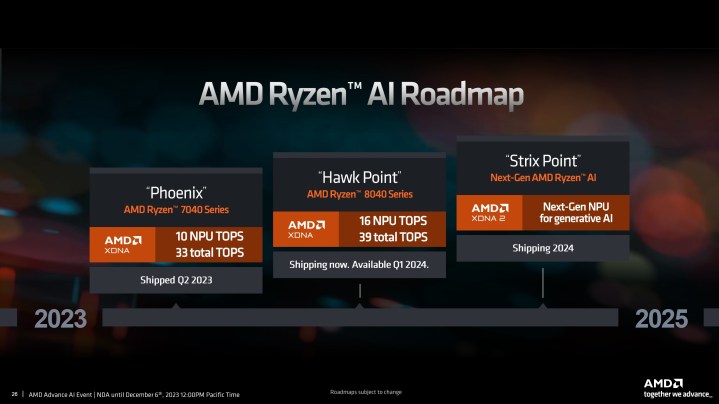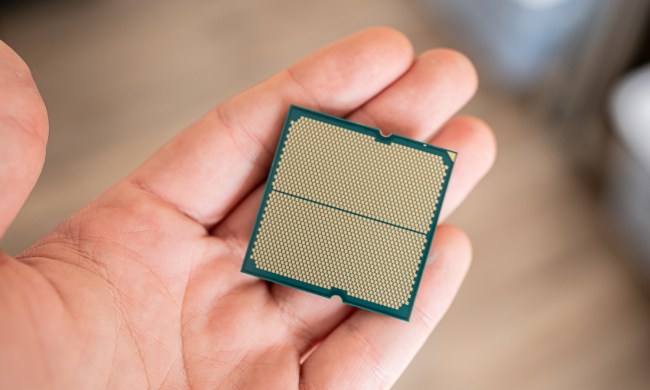
Last month at Computex, AMD announced its Zen 5-based desktop and mobile processors, set for launch later this month. Shortly after this announcement, details about their successor, code-named “Medusa,” have emerged. According to leaks, Medusa will be part of the Zen 6 lineup and is expected to be released in late 2025, contrary to earlier rumors of a 2026 launch.
Sources cited by YouTuber Moore’s Law Is Dead suggest AMD plans to finalize the Zen 6 architecture by Q2 2025, with production possibly beginning later that year. Another source confirmed Medusa as a Zen 6 product, potentially targeting both laptops and the desktop AM5 platform. Additionally, Strix Halo and Medusa Halo, based on Zen 5 and Zen 6 architectures, are expected to use TSMC’s N3E (enhanced 3nm process).

AMD’s product naming conventions include “Ridge” for desktop products, “Point” for mobile parts, and “Halo” for extreme mobile variants. Under the Zen 5 architecture, Granite Ridge is for desktops, and Strix Point is for mobile. The Strix Halo product, however, has not yet officially appeared, likely due to TSMC’s 3nm process challenges.
Initially, AMD planned to launch Zen 5 on the 3nm node for both Strix Point and Strix Halo. However, issues with chiplets and TSMC’s delays forced AMD to stick to 4nm for Strix Point. Despite this, Strix Halo is expected to launch later this year with a 3nm design, aiming to compete with Intel’s Lunar Lake, featuring an improved neural processing unit (NPU).
Given Moore’s Law Is Dead’s track record with accurate leaks, these rumors hold some credibility, but should still be approached with caution.
New notebooks featuring AMD’s Ryzen 300 AI Strix Point processors are anticipated to start shipping later this month from major OEMs. Meanwhile, Ryzen 9000 desktop parts are also expected to hit shelves soon, with a leaked starting price of $310.




